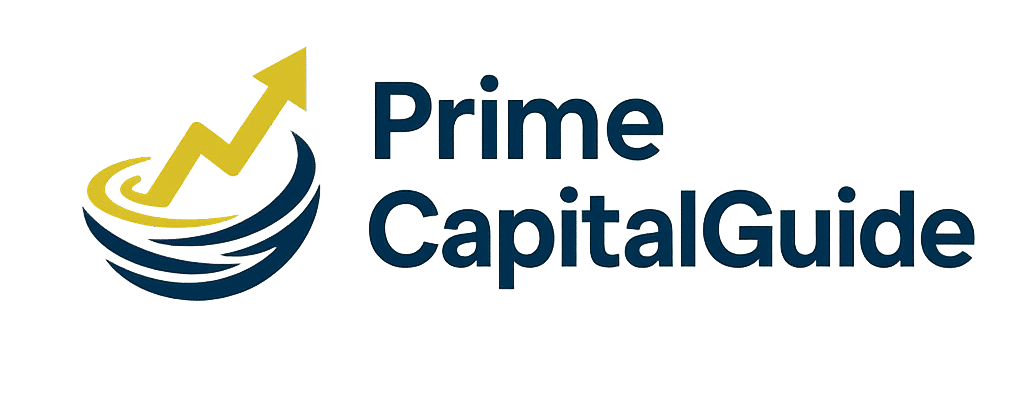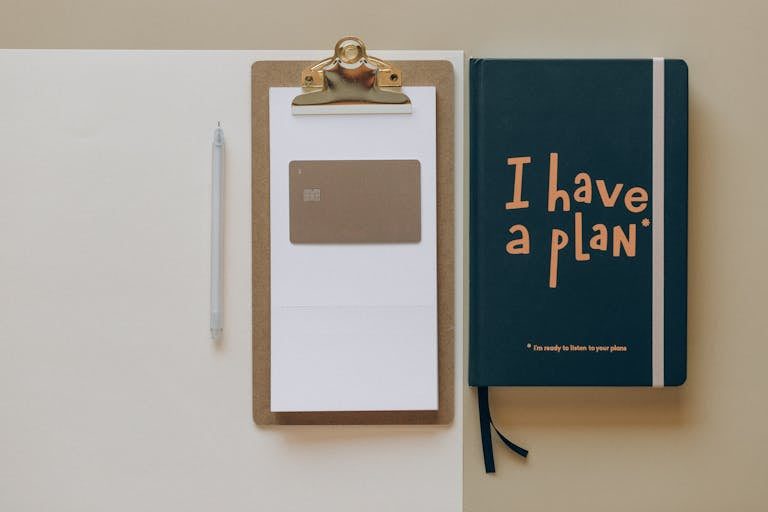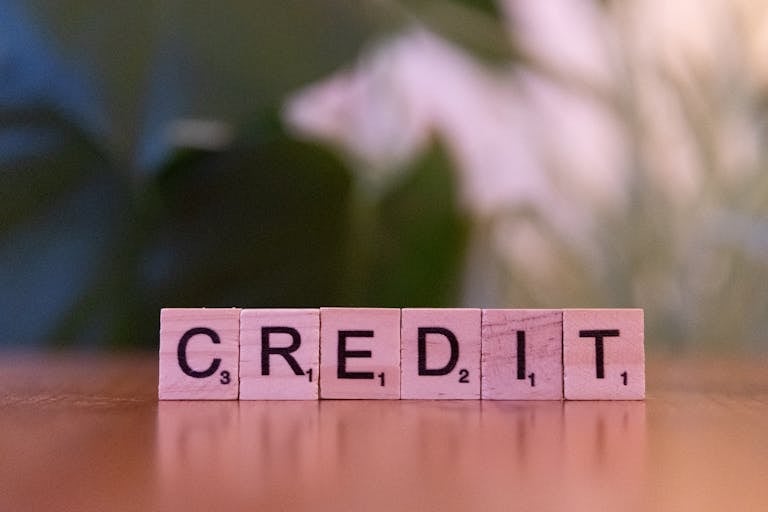The Ultimate Budgeting Blueprint: How to Master Your Money in 30 Days
Why Budgeting is the Foundation of Financial Success
Budgeting is more than just tracking your expenses — it’s a powerful tool to take full control of your money. Whether you want to get out of debt, start investing, or just stop living paycheck to paycheck, creating a budget is the first and most important step.

Step 1: Track Your Spending (Awareness Phase)
Before you can build a budget, you need to understand where your money is going.
Use these tools to track automatically:
Print your bank statements, use spreadsheet templates, or connect your accounts to one of the tools above. Awareness is the first step to change.
Step 2: Define Your Financial Goals
Budgeting without goals is like driving without a destination.
Ask yourself:
- Are you saving for a house?
- Do you want to travel debt-free?
- Are you preparing for early retirement?
🎯 Use the SMART framework (Specific, Measurable, Achievable, Relevant, Time-bound) to define your goals.
Step 3: Choose Your Budgeting Strategy
There’s no one-size-fits-all. Here are three top approaches:
🔹 50/30/20 Rule
- 50% Needs
- 30% Wants
- 20% Savings or Debt Repayment
🔹 Zero-Based Budgeting
Assign every dollar a job. Nothing left unallocated.
🔹 Cash Envelope System
Great for overspenders — withdraw cash and use envelopes to control your spending physically.
Step 4: Use Budgeting Tools
You don’t have to do this alone. These tools make budgeting easier:
- EveryDollar – Clean interface and simple categories.
- Goodbudget – Based on the envelope system.
- Tiller – For spreadsheet lovers with automation.
Each has free and premium options.
Step 5: Automate Your Savings
Even small weekly savings build wealth over time.
Apps like:
- Acorns – Rounds up purchases and invests the spare change.
- Chime – Automatically moves a percentage of your paycheck to savings.
💡 Tip: Set up a recurring $10/week auto-transfer. That’s $520/year without noticing.
Step 6: Review & Adjust Weekly
Every Sunday, review your progress:
- Did you overspend in a category?
- Can you cut back on subscriptions?
- Did you reach your mini-goals?
Budgeting isn’t static — it’s a dynamic system you refine weekly.
Final Thoughts: 30 Days to a Better Financial You
Start small. Take one step each day. By the end of 30 days, you’ll have a functioning budget, control over your money, and peace of mind.
“You don’t have to be rich to budget. You have to budget to become rich.” – Unknown
📥 Free Download
👉 Get your Free Budget Template (Google Sheet + Printable PDF):
Download Here







